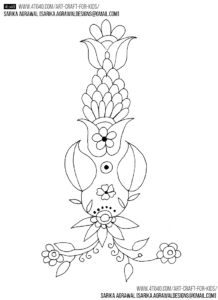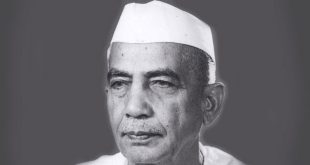Chamba Rumal originated in Chamba kingdom of Himachal Pradesh
It originated in Chamba kingdom of Himachal Pradesh in 17th century. This embroidery flourished in the princely hill states of Kangra, Chamba, Basholi, and other neighbouring provinces. The Chamba region has highly skilled craftsmen. Chamba embroidery has its own distinctive style, small squares or rectangles of clothe embroidered with untwisted silk threads. While untwisted silk is most common some Chamba embroidery make use of thin metal wires or metallic yarn.[9] While the chamba rumal originated in the 17th century it reached widespread popularity in the 18th century after rulers in the Himalayan region patronized Chamba Rumal embroiderers. The original Chamba embroideries were done by women or young children, the embroideries often depicted gods or goddesses. Original Chamba embroideries were very important in marriages as the embroideries were kept as the brides dowry. Chamba embroideries often began by drawing an outline on the rectangular square of fabric, while originally embroidered by women at the height of popularity in the 18th century many male painters drew the outlines and embroidered the clothe themselves to ensure high quality work. Not long after its height of popularity in the 18th century the chamba rumal’s popularity declined.
 Kids Portal For Parents India Kids Network
Kids Portal For Parents India Kids Network







